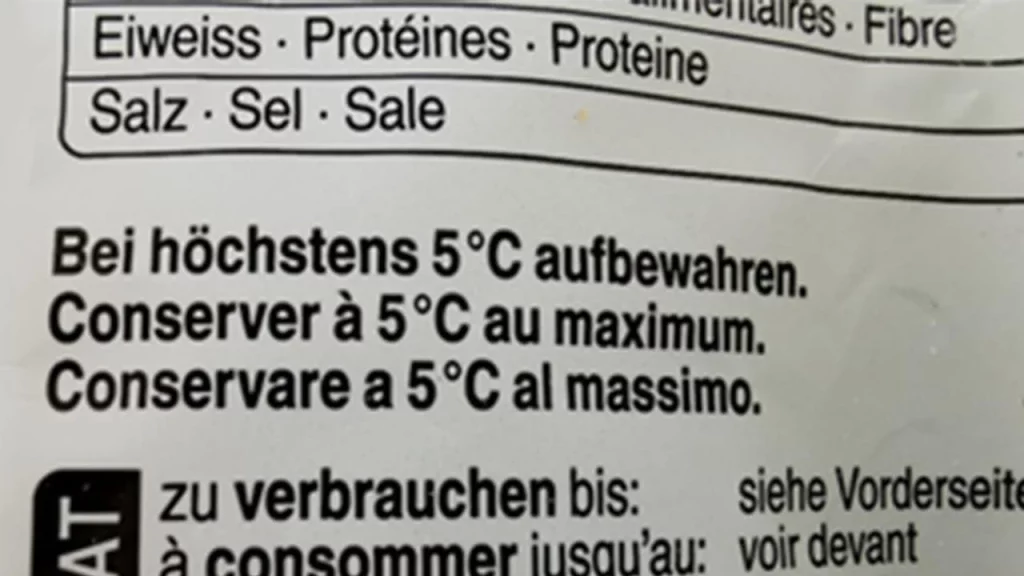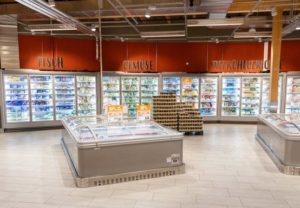To save electricity right now, the Federal Council proposes to increase the temperature in the refrigerator: from 5°C to 7°C. But what does that do to refrigerated edibles – especially delicate ones like fish, raw meat, prepared salads, cheese or milk?
Read the original article by SRF (Deutsch).

How much electricity can be saved with the refrigerator temperature?
According to S.A.F.E., the Swiss Agency for Energy Efficiency, the refrigerator and freezer account for about 15 percent of the total energy consumption of an average household. For every degree warmer in the refrigerator, you can save about five percent of its energy consumption. With two degrees more, it’s about ten percent.
Corinne Gantenbein, a lecturer and food biologist at the ZHAW and an expert on food shelf life, believes that consumers don’t notice the two degrees more in the refrigerator: “It’s a matter of hours, half a day or a day at most, if at all.”
Food manufacturers calculate in “margin for error”
Corinne Gantenbein says food manufacturers have already factored in a certain temperature buffer “margin of error” in their shelf life claims. She says research has shown that many refrigerators are already set at seven degrees or higher in normal operation. Food producers also assume that products are not stored optimally and take this into account.
Nadine Gerber, deputy cantonal chemist at the Zurich Cantonal Laboratory, is not quite so unproblematic. For perishable food, the right temperature plays a decisive role for quality and safety: the lower the refrigerator temperature, the fewer microorganisms can develop.
Shop more often and use up edibles faster
“When I set the refrigerator warmer, I have to be aware of it and have a good handle on food management,” Gerber said. Management means “shopping several times a week so edibles aren’t in the fridge as long, and eating cooked leftovers faster.”
You can also get a lot out of the refrigerator by putting things away cleverly, he adds. “The door and top are where the highest temperatures are. Also, the refrigerator should not be empty,” says the deputy canton chemist. Food from the freezer should also be defrosted in the refrigerator.
Recommendation for the freezer: -18 degrees
Coop approaches the federal government about refrigerator temperature
The major distributor Coop is not happy about the federal government’s recommendation to save electricity. According to research by “Espresso,” the retailer met with the Federal Food Safety and Veterinary Office (FSVO) this week. Coop confirms this meeting. One had “placed concerns about the impact on food safety of the recommendation issued by the federal government and asked for clarification.” Coop will not change anything on labels, consumption date or the note “store at no more than five degrees”.
Environmental scientist and foodwaste expert Claudio Beretta of Foodwaste.ch is also skeptical. He considers the recommendation of the federal government to be tricky. If more food is thrown away as a result, Beretta is convinced that more harm will be done than good.
The BLV states on request that increasing the cooling temperature would contribute to saving energy. However, this has an influence on the shelf life and therefore also on the behavior of consumers. The most important points have been published online.







